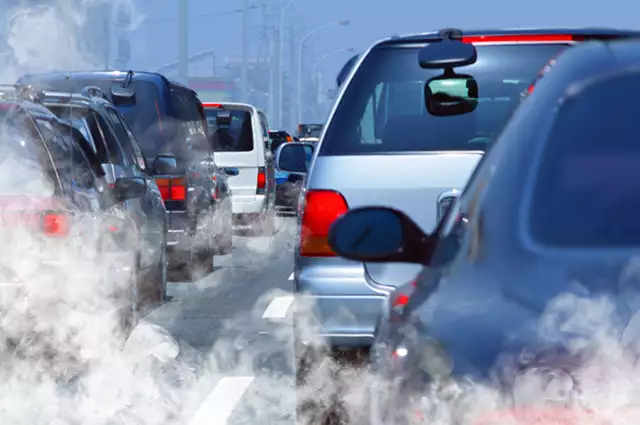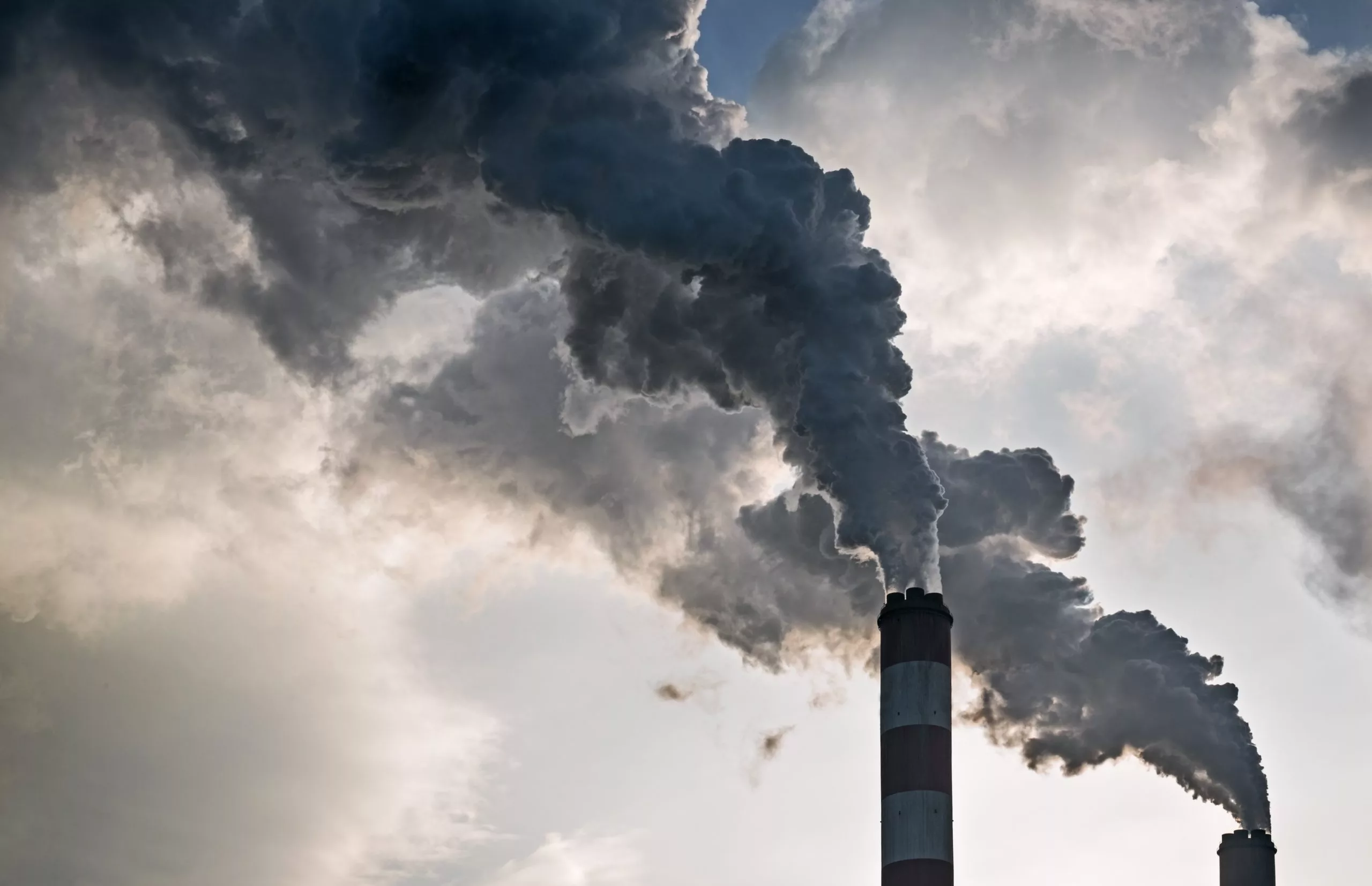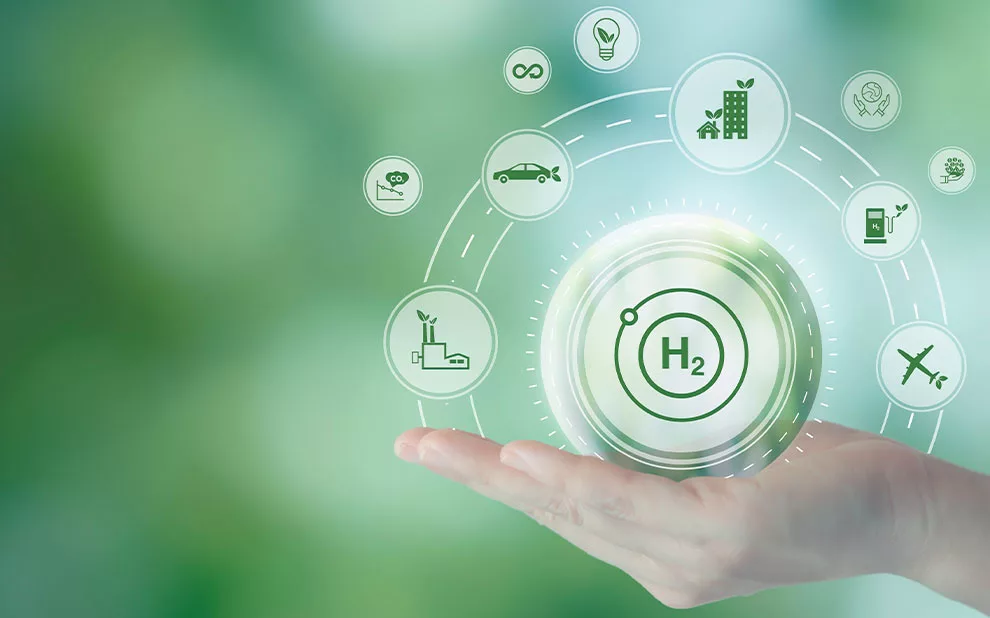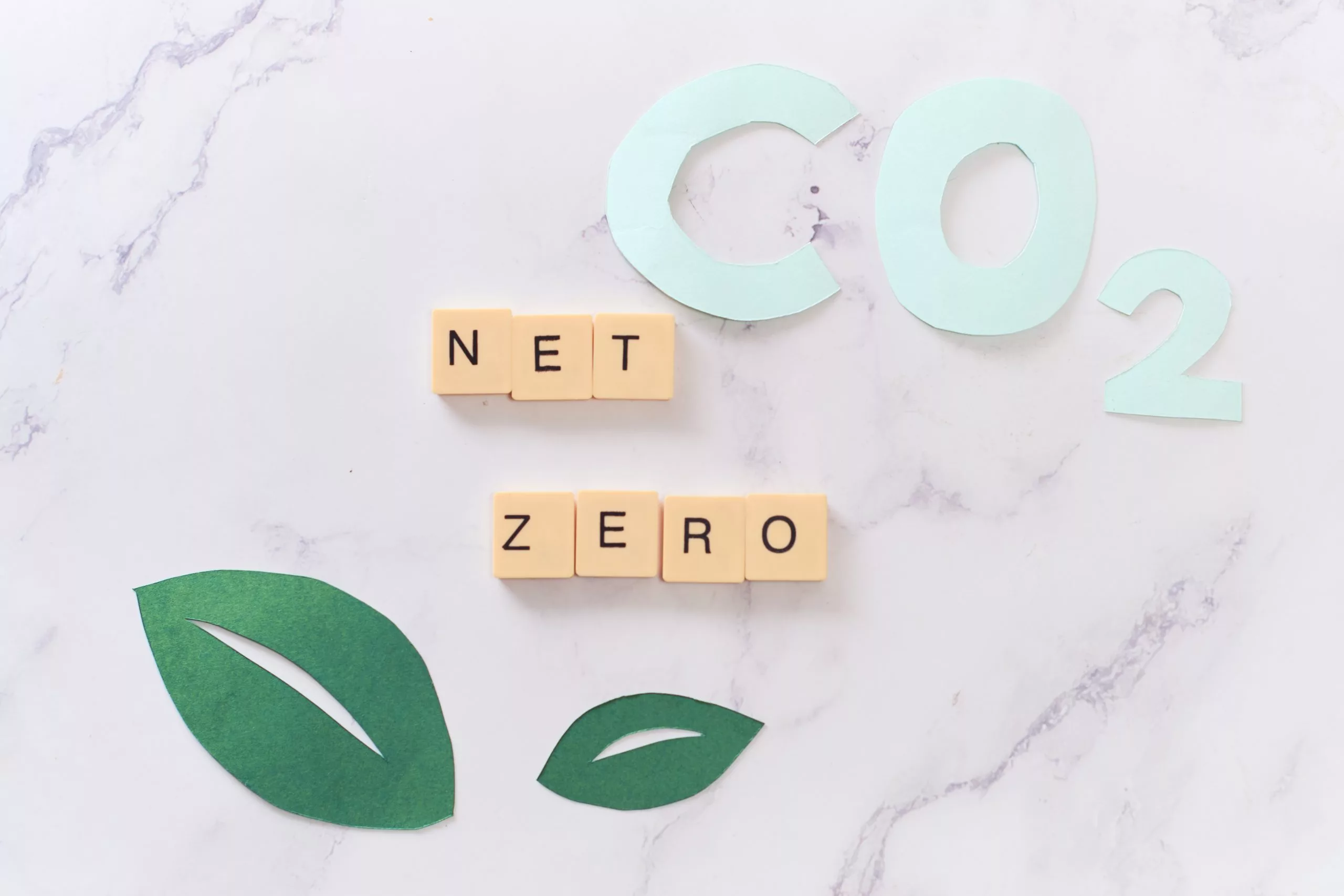
In its Sixth Assessment Report released in March 2023, the United Nations Intergovernmental Panel on Climate Change (IPCC) has reiterated the pressing need to reduce carbon emissions by nearly half in all sectors by 2030 if we are to limit global warming to 1.5°C.
To achieve this ambitious goal, it is imperative to significantly curtail emissions from major polluting sources such as automobiles, power plants, and industrial factories.
However, in combination with emission reductions, the report emphasizes the critical role of strategies for carbon dioxide removal from the atmosphere.
Carbon removal
The removal refers to a range of natural and technological approaches aimed at extracting and capturing CO2 from the air, thereby preventing its contribution to the greenhouse effect that is warming our planet. There are two primary methods for carbon dioxide removal. Extraction and capture.
Extraction involves absorbing CO2 from the air, and natural forms of extraction rely on processes such as photosynthesis.
For instance, reforestation and restoration of native grasslands enable plants to naturally absorb carbon from the atmosphere and store it in their roots and the soil. Other extraction methods include enhanced rock weathering, CO2 mineralization into new rocks, and direct capture of CO2 from the air and ocean.
Natural sinks like oceans, forests, and soil act as reservoirs that absorb and capture CO2 through the carbon cycle. However, due to escalating emissions from human activities, these sinks are approaching their limits, leading to the accumulation of CO2 in the atmosphere.
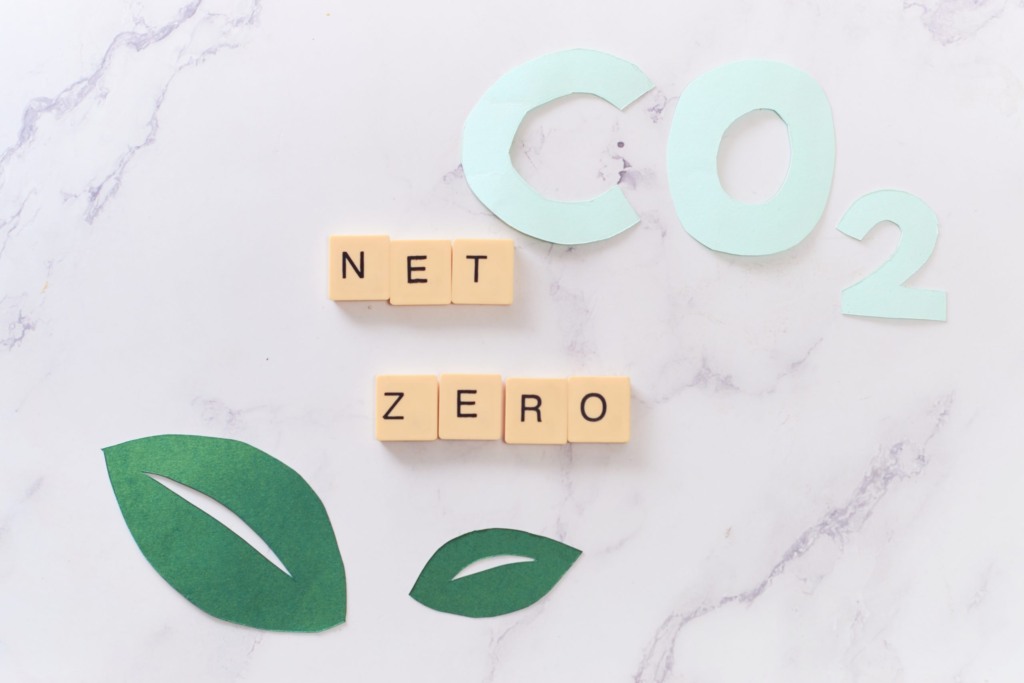
Technology
On the other hand, carbon dioxide capture is a technological approach that traps CO2 before it is released into the atmosphere. This method is particularly useful in industrial processes that emit significant amounts of CO2, such as steel or cement manufacturing.
The dioxide can be captured at the emission source using chemical filters, which trap carbon while allowing other components of the air to pass through. The substance is then released by heating the filter and can be compressed, transported off-site, and permanently stored in underground geological formations or reused in industrial applications.
Direct capture from the air is a specific technology that employs chemical reactions to extract CO2 directly from the atmosphere. By utilizing selective chemical reactions, air passes over substances that react with CO2 and trap it, allowing other components of the air to continue their flow.
The benefits of carbon dioxide removal are significant. By removing CO2 from the atmosphere, we can offset the emissions and contribute to environmental justice and equity.
However, there are challenges associated with the dioxide removal. Many of the removal methods are still in their early stages and require large-scale testing and implementation.
Additionally, the technology for carbon dioxide removal is currently expensive. The federal government, through tax credits, and the private sector, through investments, are working to incentivize carbon dioxide removal efforts.
It is crucial to consider the entire value chain of carbon removal projects, including the energy source, to ensure their effectiveness and sustainability.
National Wildlife Federation
The National Wildlife Federation, as a conservation organization, supports natural strategies for carbon dioxide removal.
Collaborating with organizations like The Nature Conservancy and American Forests, the National Wildlife Federation actively promotes restoration and reforestation in national forests through direct action and advocacy for public policy.
In summary, the IPCC report underscores the urgent need to reduce greenhouse gas emissions and implement strategies for removal. Through a combination of emission reductions and removal efforts, we can make significant progress in mitigating climate change and safeguarding our planet for future generations.

